dataset
Type of resources
Available actions
Topics
Keywords
Contact for the resource
Provided by
Years
Formats
Representation types
Update frequencies
status
Scale
Resolution
-
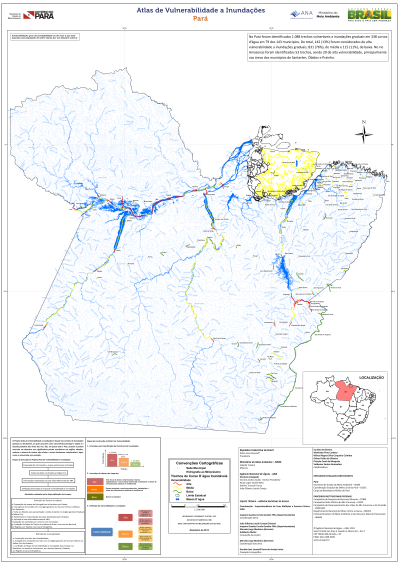
Trechos de curso d'água inundáveis com os atributos de ottocodificação, frequência de ocorrência, grau de impacto e vulnerabilidade a inundações graduais.
-

Trechos de curso d'água inundáveis com os atributos de ottocodificação, frequência de ocorrência, grau de impacto e vulnerabilidade a inundações graduais.
-
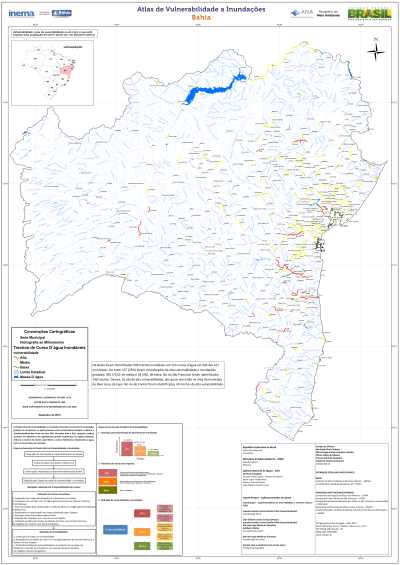
Trechos de curso d'água inundáveis com os atributos de ottocodificação, frequência de ocorrência, grau de impacto e vulnerabilidade a inundações graduais.
-

Comitês de Bacias Hidrográficas Estaduais classificados segundo a situação da Cobrança pelo Uso dos Recursos Hídricos.
-
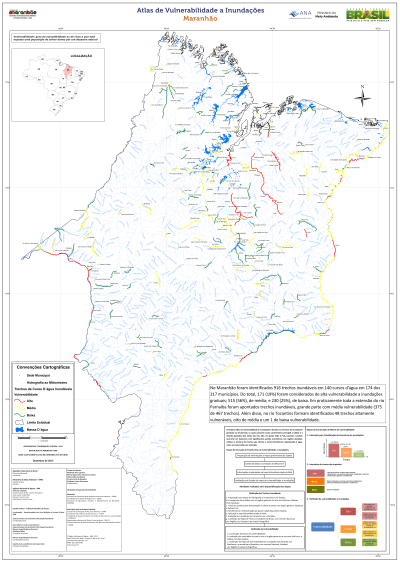
Trechos de curso d'água inundáveis com os atributos de ottocodificação, frequência de ocorrência, grau de impacto e vulnerabilidade a inundações graduais.
-
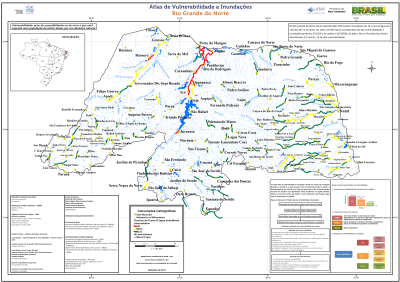
Trechos de curso d'água inundáveis com os atributos de ottocodificação, frequência de ocorrência, grau de impacto e vulnerabilidade a inundações graduais.
-

Trechos de curso d'água inundáveis com os atributos de ottocodificação, frequência de ocorrência, grau de impacto e vulnerabilidade a inundações graduais.
-
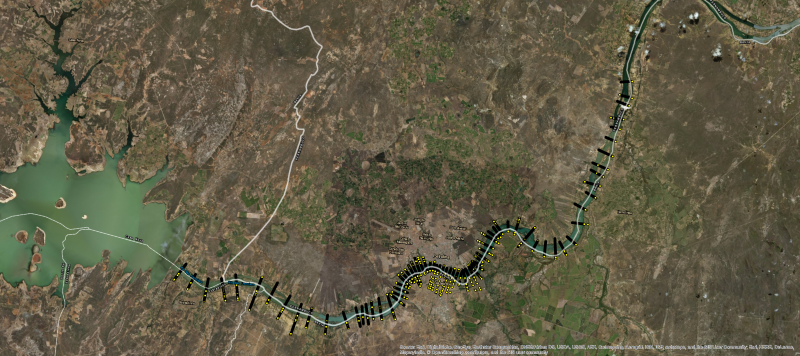
Levantamento de 75 seções transversais topobatimétricas no trecho entre a UHE de Sobradinho e o Município de Lagoa Grande/PE na Região do Submédio São Francisco, perfazendo aproximadamente 80km de extensão.
-
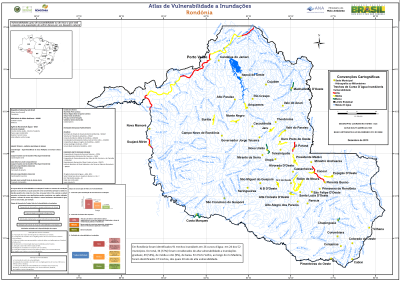
Trechos de curso d'água inundáveis com os atributos de ottocodificação, frequência de ocorrência, grau de impacto e vulnerabilidade a inundações graduais.
-
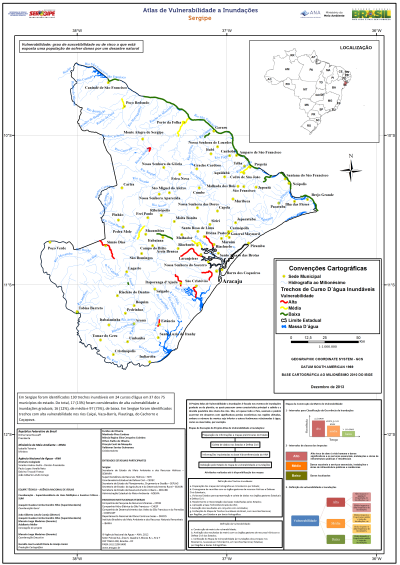
Trechos de curso d'água inundáveis com os atributos de ottocodificação, frequência de ocorrência, grau de impacto e vulnerabilidade a inundações graduais.
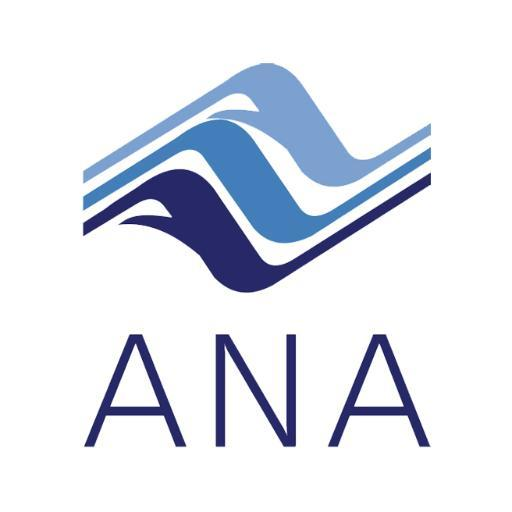 Catálogo de Metadados da ANA
Catálogo de Metadados da ANA